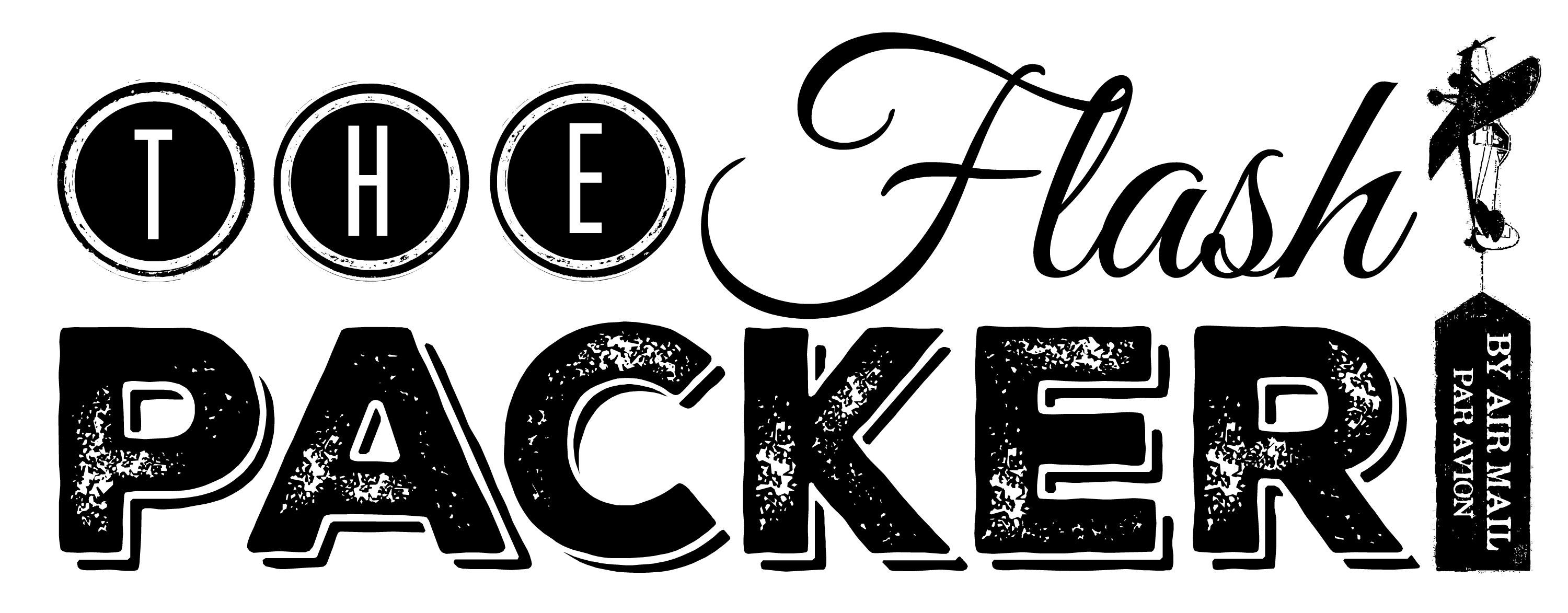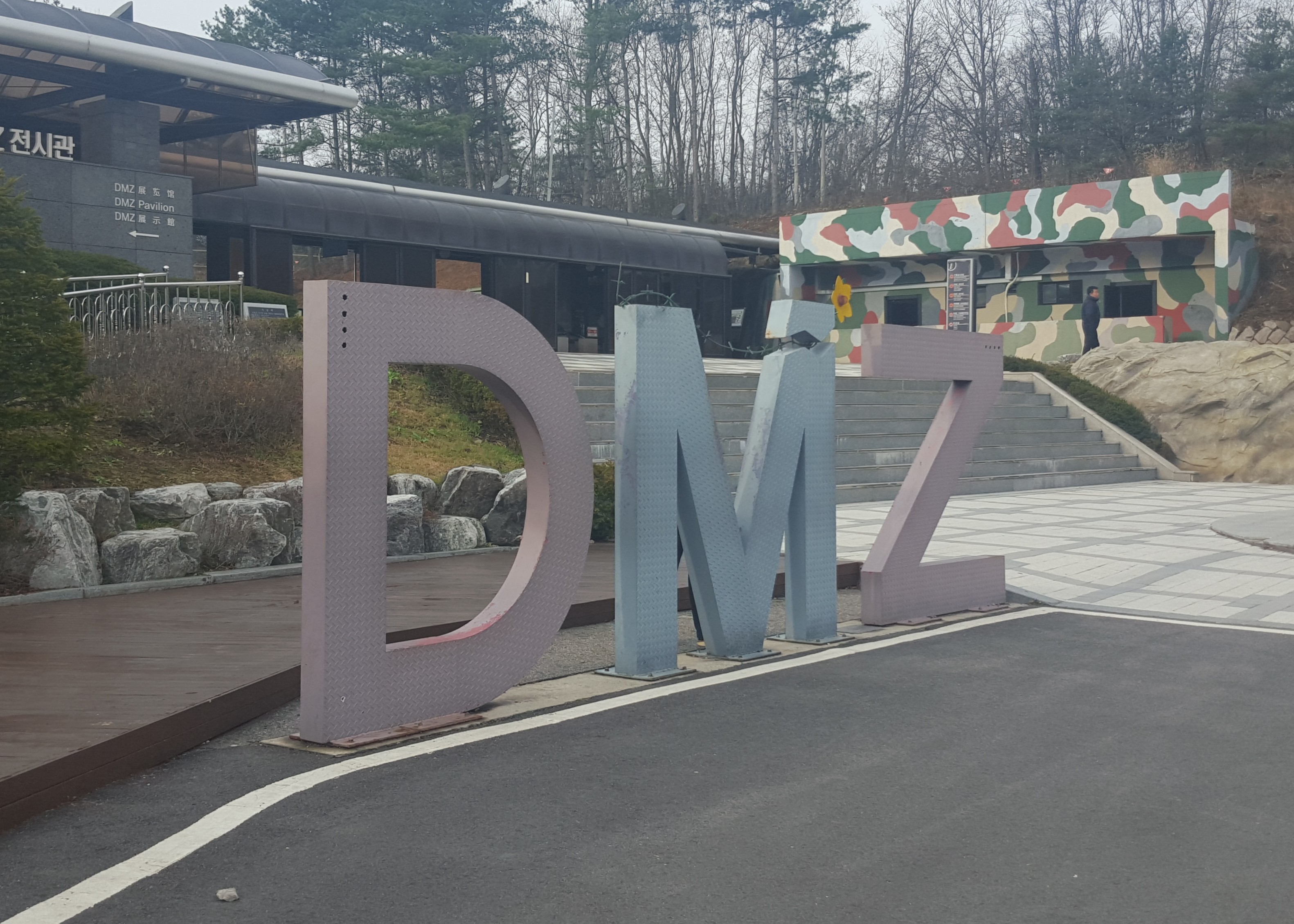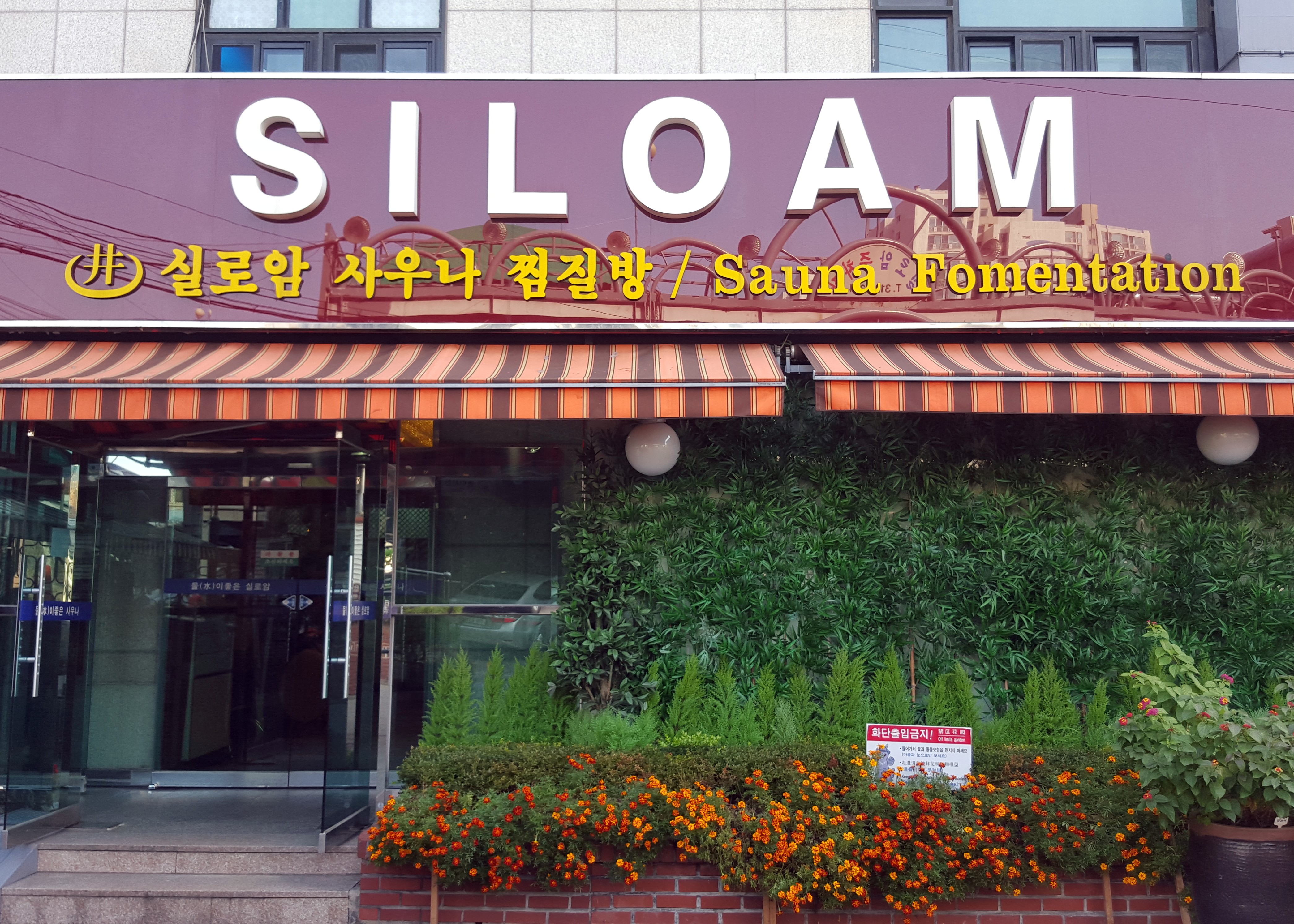I wasn’t going to visit the Korean peninsular without attempting to get into North Korea.
Well, by “attempting” I mean “paying for a trip” and “North Korea” I mean the Joint Security Area.
The DMZ, or demilitarised zone, is a strip of land around 2km wide which covers the entire border between North and South Korea. The JSA is a tiny section of this where talks and negotiations take place: a makeshift hut slap-bang on the border, precisely half in each country, is the epicentre. It’s arguably the most interesting place to visit and an essential part of any trip to South Korea.
It was also temporarily closed to visitors.
This was due to imminent talks taking place three days later between the leaders, so I deemed it a reasonable excuse not to let me in and went on a tour of the DMZ anyway, sans JSA, and feeling rather aggrieved at their ill-timed political processes.
There is a peculiarly Korean activity and it is to spend the night in a sauna.
It’s not quite what you’re thinking. For one, you’re not literally in the sauna itself . . . unless you want to be. And secondly . . . it’s not remotely dodgy.
Jimjilbangs, as they’re known, are essentially bathhouses, and you’ll find them in every city, town and village throughout the country – although most are significantly smaller than the one I visited. They’re open 24/7 and you can enter or leave whenever you want, which makes them the ideal crash pad for exhausted office workers or late-night clubbers or just a safe, friendly space for a gang of friends to spend an evening. I knew I had to experience this before leaving and had heard good things about Siloam in Seoul: not as glitzy or touristy as the much-touted Dragon Hill Spa, but still attended by enough foreigners that there would be some English instructions, and my flabby white body wouldn’t receive too many curious/disgusted glances.




 RSS – Posts
RSS – Posts
